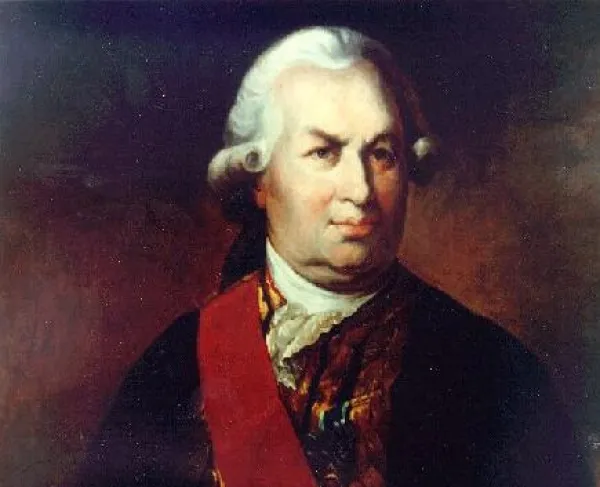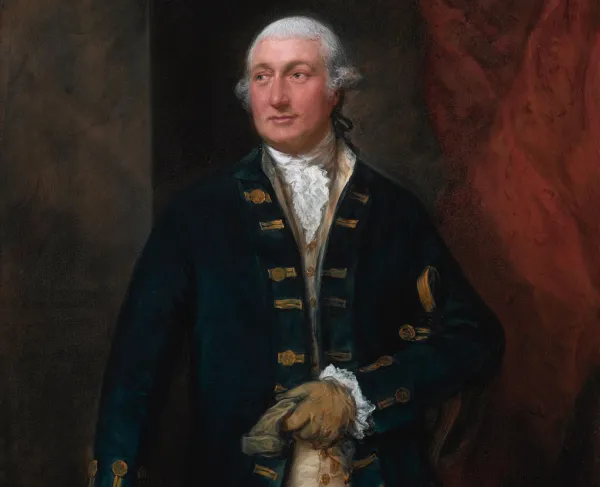
The Battle of the Capes
Chesapeake, VA | Sep 5, 1781
The Battle of the Capes occurred around the mouth of Chesapeake Bay in 1781. The naval battle occurred between the French and the British navies. Even though the battle lasted two hours, it played a significant role in the Siege of Yorktown's success, ultimately leading to the United States' independence.
In 1781, the Continental and French armies worked closely against the British. George Washington received word from Virginia that British General Charles Cornwallis had begun building fortifications around the Chesapeake Bay. Deciding on the location of Yorktown, Cornwallis established a port for supplies and men to aid the army during upcoming campaigns in the southern colonies. Washington required the French Navy's assistance to protect American shipping and regain naval control. Washington sent word to French commanders Comte de Rochambeau and Admiral Francois Joseph Paul, Comte de Grasse, requesting assistance in the bay.
On August 5, De Grasse's fleet set sail to Virginia using a dangerous route through the Caribbean. In doing so, the British would not detect De Grasse's large fleet of thirty-seven ships. Once Washington received notice of the incoming French fleet, he began moving the American army from New York to Virginia. Once the units reached Williamsburg, Washington planned to rendezvous with General Marquis de Lafayette's command. The British navy discovered the French fleet en route to the Chesapeake and sent Admiral Samuel Hood's fleet of fourteen ships to intercept de Grasse. Hood left the West Indies and sailed straight to the Chesapeake, completely missing the French fleet. When Hood arrived, he did not see any French or American ships; therefore he sailed to New York to join fleets with Admiral Thomas Graves. As the British fleet of nineteen ships of the line sailed towards the Chesapeake, word of an additional eight ships under the command of French Admiral Louis Jacques de Barras was headed to join de Grasse's fleet. As the British sailed south towards the Chesapeake, the delay allowed the French to arrive safely and resupply Lafayette's troops with supplies and men. As the French continued to resupply the Continental army, the British fleet arrived at 9:00 am on September 5, 1781.
When the British arrived at the mouth of the Chesapeake, the French were unaware of the enemy's proximity. De Grasse received word of the incoming British fleet and hurried his men to assume sailing positions. Most men were unloading supplies for the Americans and de Grasses' sudden orders produced confusion, leading to a few ships being undermanned. Graves had the opportunity to attack the vulnerable French ships while they were unloading but devised an attack plan with his fellow officers, giving the French time to assemble.
At noon, the French fleet met with the British at the mouth of the Chesapeake outside of Cape Henry. The opposing fleets, now parallel with each other, waited until the first move to be made. At 4:00 pm, the British began the battle with the H.M.S. Intrepid firing on the Marsillois. With the battle underway, the French moved to close the distance between the fleets forcing the British to attack directly. By 5 pm, the wind shifted, giving the British squadron a disadvantage when sailing and firing. The French and the British pulled back at sunset, creating a stalemate. As the night progressed, both captains analyzed their fleets, assessing damages, counting losses, and identifying casualties. The British lost 336 casualties and six damaged ships of the line. The victorious French suffered 210 casualties and sustained damage to two ships.
210
336
The standoff lasted around three days. During that time, the British captains met on the next plan of action, whether to retreat or fight and support Cornwallis in Yorktown. Deciding not to attack the French, Graves withdrew north back to New York. This decision left de Grasse in control of the Chesapeake and effectively closed off any future aid to Cornwallis via the sea. At the end of September, the Allied army under Washington surrounded Cornwallis resulting in the Siege of Yorktown. General Cornwallis surrendered on October 19, 1781, ending the American Revolution. On September 3, 1783, the United States and Great Britain signed the Treaty of Paris, officially ending the war. The treaty recognized the United States as an independent nation.
All battles of the Yorktown Campaign
Related Battles
19,000
13,000
210
336




